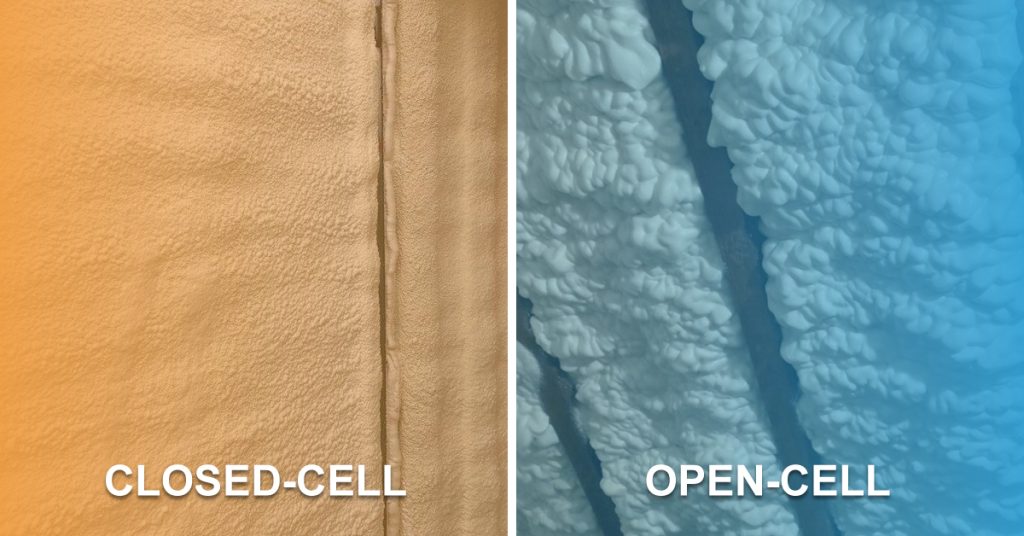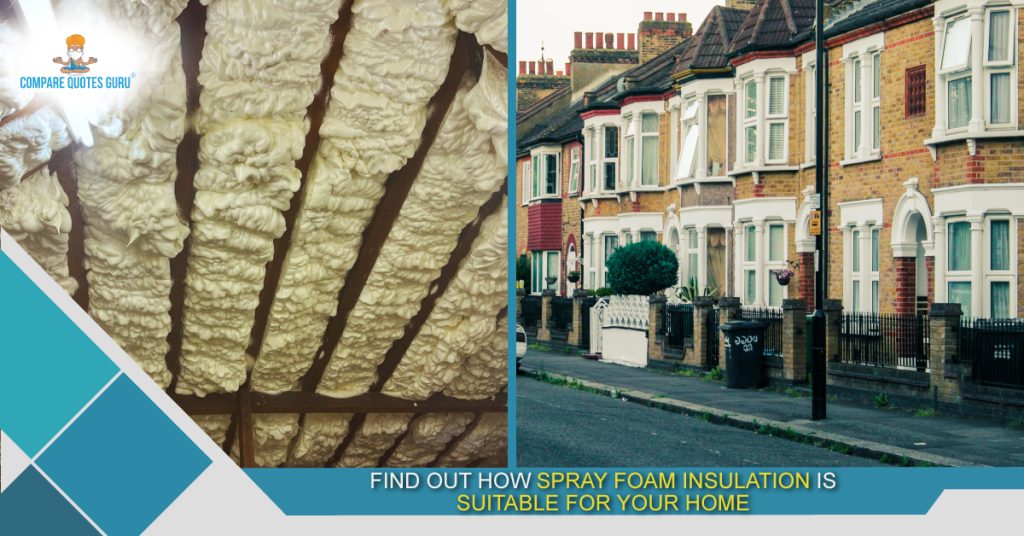If you want to install insulation in a home or in any commercial building, spray foam insulation is a fantastic pick. But before you commence, it is crucial to understand a few things about SPF insulation, such as the various kinds, prices, and durability and endurance of spray foam insulation.
With this brief information at hand, you can decide how much spray foam is necessary for your project or whether spray insulation is the best alternative for your home or not.
It is obviously important to understand how long alterations will have to be made in your property before implementing it in a house or in your workplace. spray foam insulation is indeed a fantastic insulation material since it has a very high durability of roughly fifty years.
Using modest spray bottles or in greater volumes as a pressure-sprayed product, liquid foam insulation can be applied when paired with a foaming agent. While the combination cures, both types grow and become denser. As they fill and seal the space completely, they also adapt to the structure of the cavity.
By providing individuals with tailored quotations from our constantly growing network of national providers, Compare Quotes Guru experts hope to simplify the process of choosing the correct supplier for your house while also sparing both money and time for your home insulation installation.
What specifically is Spray Foam Insulation?
The installation of foam insulation is a very simple procedure and a kind of insulating substance that is poured onto a surface to serve as an insulator against heat gain or loss. It may be used on ceilings as well as on walls, and it is frequently employed in attics, basements, and crawl spaces.
Polyurethane and Isocyanate are the two major components. When combined, these components act to fill up any gaps or crevices in the area being sprayed by expanding. Heat cannot enter or leave the space as a result of this expansion since it serves to close the space off airtight.
When opposed to cellulose and fibreglass, spray foam is one of the most effective insulation materials since it does not spread over time as fibreglass does. Spray foam can also make your home more energy-efficient, which will save your heating and cooling expenses.
It has a greater R-value than other kinds of insulation as well. SPF outperforms at inhibiting heat flow due to the greater R-value. This makes it a fantastic option for application in regions like crawlspaces and attics where severe temperatures are frequent.
Different Foam Insulation Types

You should be familiar with two primary varieties of spray foam insulation: closed-cell and open-cell. The most typical type of spray foam used in commercial and residential construction is closed-cell.
It offers better insulation than open-cell spray foam due to its higher R-value per inch. It also creates a good seal against moisture and air, making it the perfect choice for application in places where leaks or draughts might be a hazard.
Although open-cell spray foam is substantially more permeable than closed-cell spray foam, it has a lower R-value per inch. As a result, it permits water vapour to travel through more readily, which may be advantageous in some circumstances such as when attempting to prevent precipitation on cold surfaces.
It also implies that open-cell foam is less efficient at minimizing heat transfer and undesirable noise.
Usually, polyurethane is used to manufacture both. Closed-cell foam has high-density cells that are sealed off and packed with a gas that aids in the foam’s expansion to cover the areas around it. Because the open-cell foam cells are less thick and filled with air, the insulation has a spongy texture.
Additional foam insulation alternatives include:
• Cementitious
• Phenolic
• Polyisocyanurate
Icynene foam and tri-polymer foam are a few of the less typical varieties. The most versatile is Icynene foam, which may be pumped or sprayed. Additionally, it possesses strong resistance to water and air infiltration. Water-soluble foam called tri-polymer is injected into the wall cavities. It offers great fire and air penetration resistance.
Procedure to Install Spray Foam Insulation
Can you install it all by yourself? And the answer to it is an absolute no. Although it can be installed by you or indeed a DIY project, it requires a great deal of time and expertise. Here are some fundamental installation guidelines to be aware of and simple procedures to follow for the proper installation.
• Pick the Correct Place
Take into account both the sort of building you are working with and the climate. If you reside in a warm area, for instance, you should refrain from placing spray foam insulation in a loft or other enclosed space since this could result in the material overheating and degrading.
• Organize the Place
Cleaning and preparing the entire region where you will be using the spray foam is essential before blending and applying the foam. This entails cleaning out any dirt, dust, or debris that can interfere with the material’s ability to adhere correctly. Make sure the area is dry after cleaning before moving forward.
• Blend Foam Material
It is now time to combine the ingredients for your spray foam. A liquid resin and a gas activator are commonly combined in this process to initiate the chemical reaction that triggers the substance to expand and solidify. Make sure to combine your specific components according to the manufacturer’s instructions.
• Spray Foam Material
It is time to apply the insulation material once it has been mixed and prepared. A conventional sprayer or a portable spray foam gun can be used for this purpose. Because the material will start expanding immediately, move the gun swiftly and evenly while spraying.
• Let Insulation Dry
It is crucial to wait until the spray foam insulation has had enough time to thoroughly dry after it has been applied before continuing. Usually, this requires waiting for the substance to fully harden for one day. Once the product has been cured, you can again commence with any additional stages.
When selecting an experienced and licenced installer, bear in mind to
• Get detailed cost estimates for the required R-value from various contractors, and don’t be astonished if the costs quoted for a particular R-value installation differ by more than a two-factor difference.
• Inquire from contractors about their installation expertise for the brand you are considering. The performance of the insulation may be greatly impacted by application.
• Before installing insulation, it is a wise idea to seal air leaks, so be sure to inquire with professionals about their air sealing costs and services as well.
Indeed, there are numerous solutions in the market when it pertains to effective insulation. However, spray foam insulation is the only reliable alternative if you are searching for a sustainable and durable option. Due to its many advantages, such as its high R-value which means it is excellent at insulating, its capacity to seal off tiny areas, and its environmental friendliness, this form of insulation is becoming more and more prominent.

